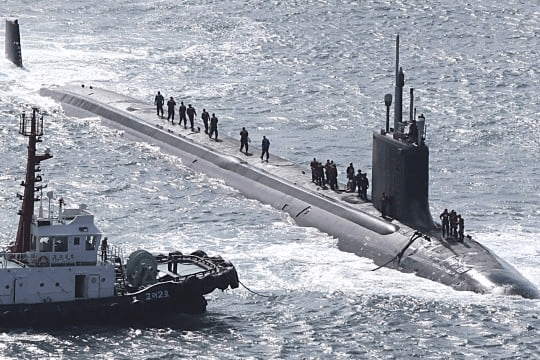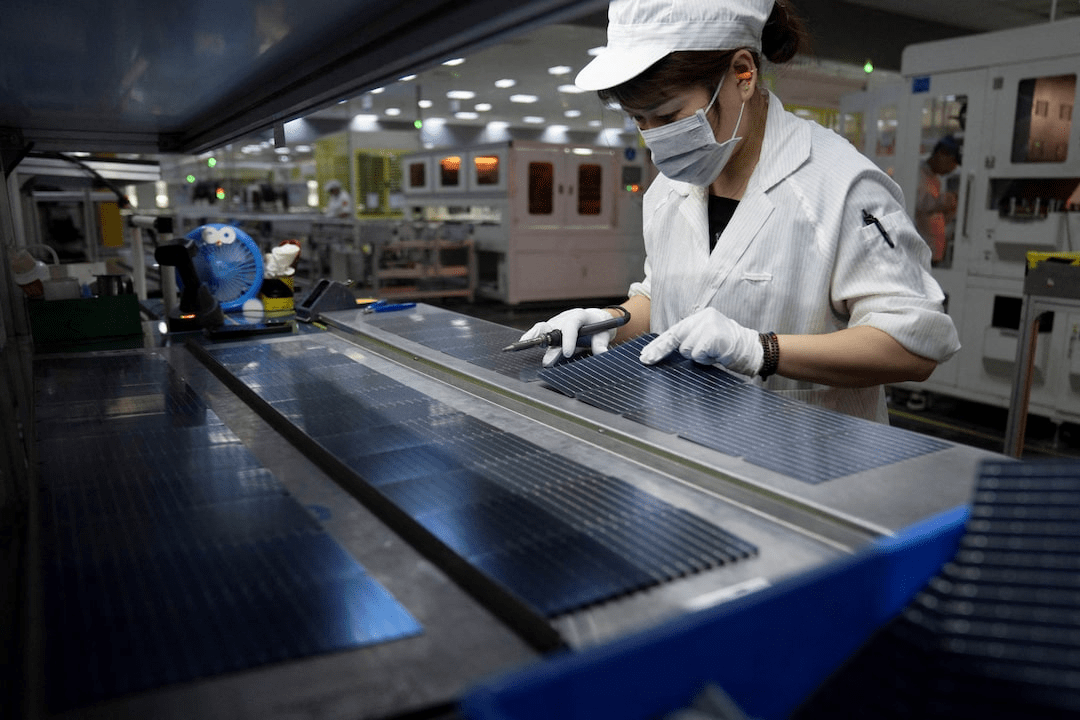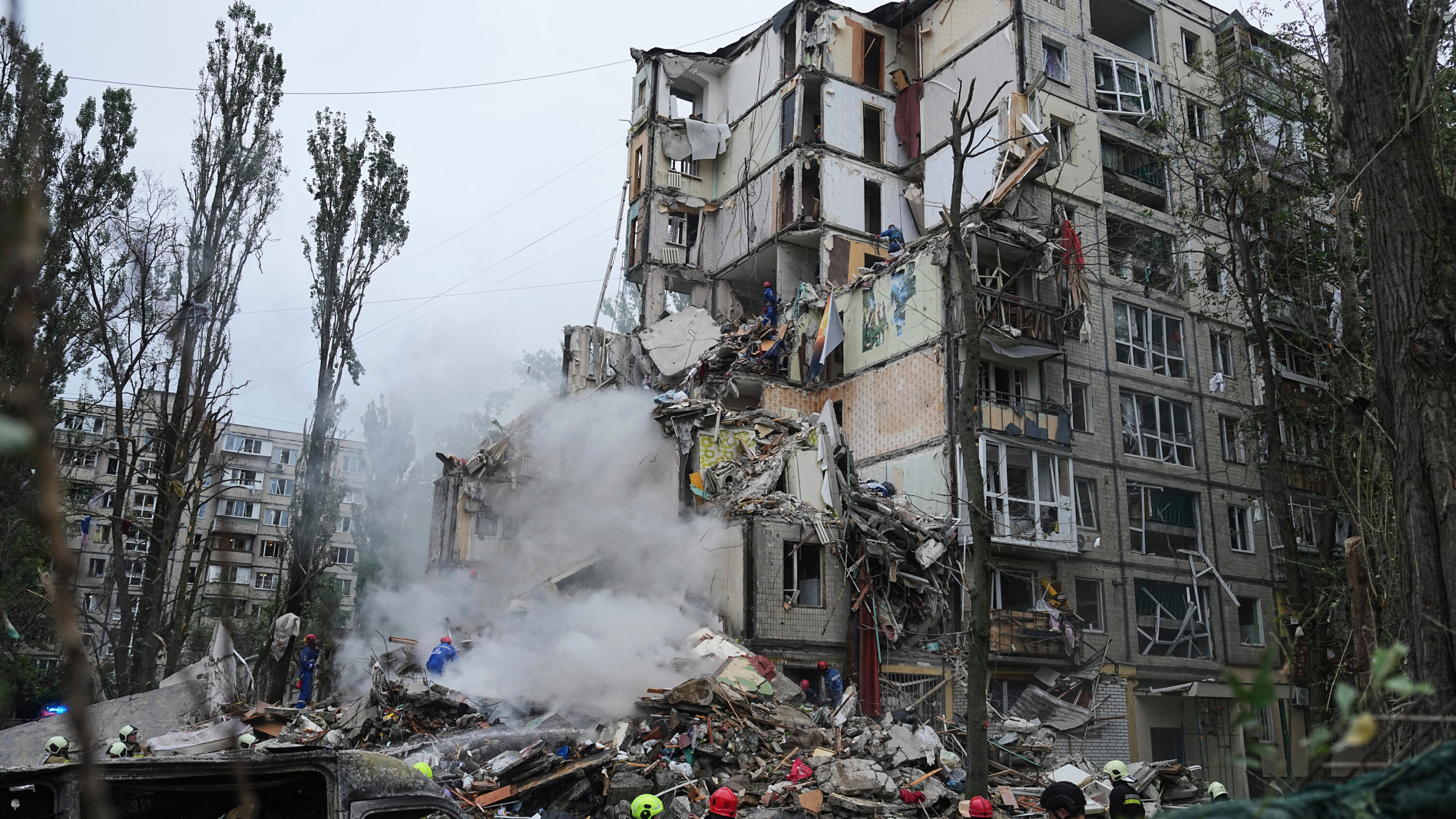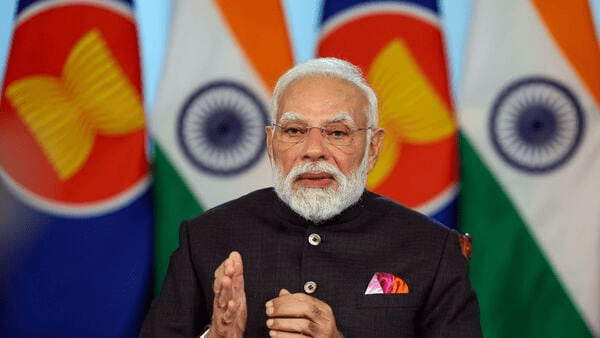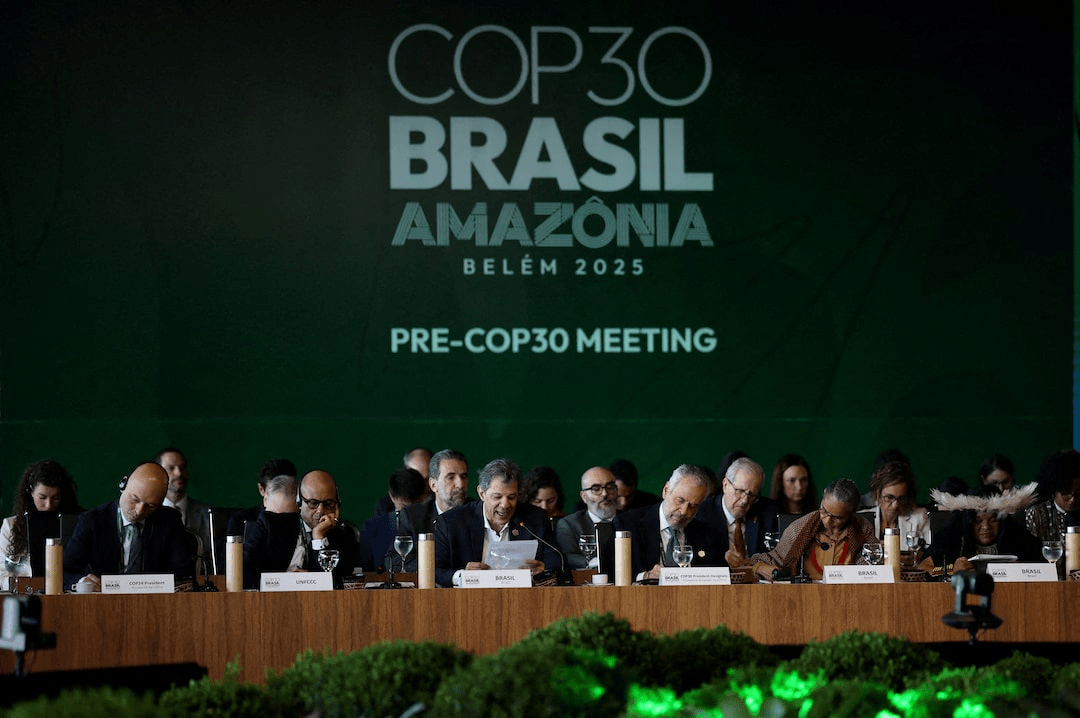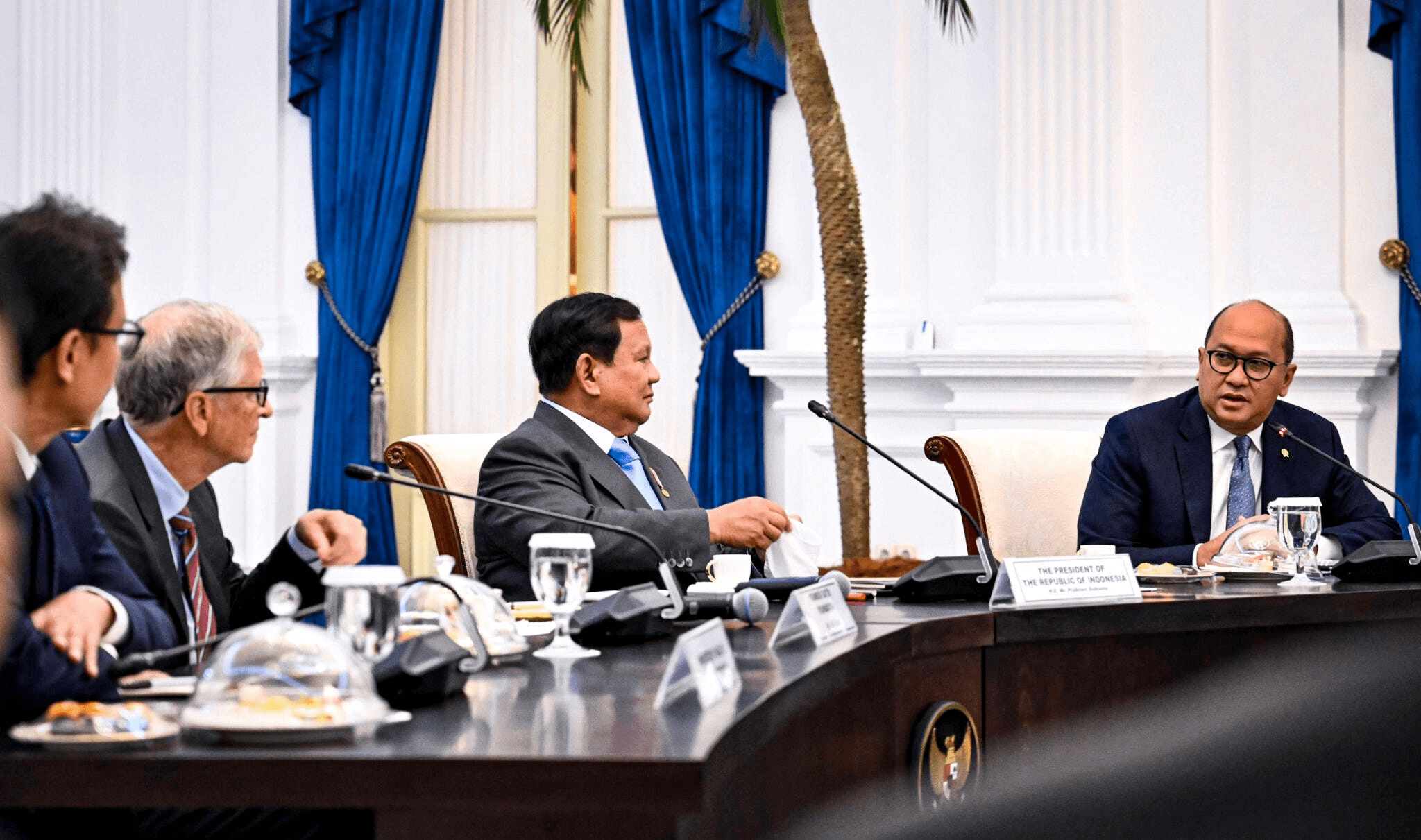Deepening security ties in an uncertain region
Washington and Seoul are quietly negotiating a plan to jointly build nuclear-powered submarines for both navies, signalling a potential shift in the U.S.–South Korea alliance architecture. The talks go beyond a recent announcement that South Korea would be allowed to develop its own nuclear-powered boats, a pledge made after a summit between U.S. President Donald Trump and South Korean President Lee Jae Myung in late October. Officials familiar with the discussions say the idea has evolved into a broader industrial and strategic partnership, though many details remain unsettled. For now, public documents summarising the leaders’ agreement mention submarine cooperation only in passing, underscoring how sensitive the issue remains.
The prospect of jointly built submarines reflects overlapping strategic concerns in Washington and Seoul. South Korea has long argued that nuclear-powered submarines would strengthen its ability to track North Korean missile launches and operate farther into the Indo-Pacific. For the United States, involving a close ally in high-end naval production could spread costs and deepen interoperability at a time when both countries face pressure to counter China’s growing blue-water fleet. But a project of this scale would require careful planning around fuel supply, technology transfer and domestic politics in both capitals, with critics likely to raise questions about cost, proliferation risks and industrial capacity.

Alliance politics and regional reactions
Any move toward joint nuclear-submarine construction would reverberate beyond the Korean Peninsula. Japan, which has been expanding its own security role in the region, is watching closely, as are Australia and other U.S. partners tied into evolving defence networks. Beijing and Pyongyang are expected to criticise the idea as destabilising, arguing that it could spur an arms race and undermine existing non-proliferation norms. Chinese officials already view recent U.S. security pacts in the region with suspicion, and a new undersea partnership could harden that stance.
At home, both governments must weigh the submarine talks against other strategic priorities. South Korea faces budget constraints and public debates over how far it should go in aligning military planning with Washington. In the United States, defence planners are juggling commitments in Europe, the Middle East and the Indo-Pacific while lawmakers scrutinise large-ticket programmes. Analysts note that the talks are still in early stages and could shift toward more modest forms of cooperation, such as joint training, maintenance support or conventional submarine upgrades. But even discussion of a shared nuclear-submarine programme signals how quickly the security landscape is changing in North and East Asia, and how central undersea capabilities have become to that contest.

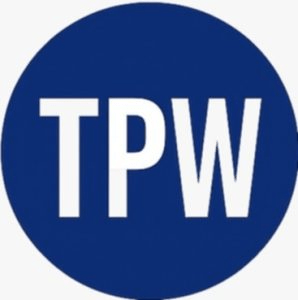 TPW DESK
TPW DESK 